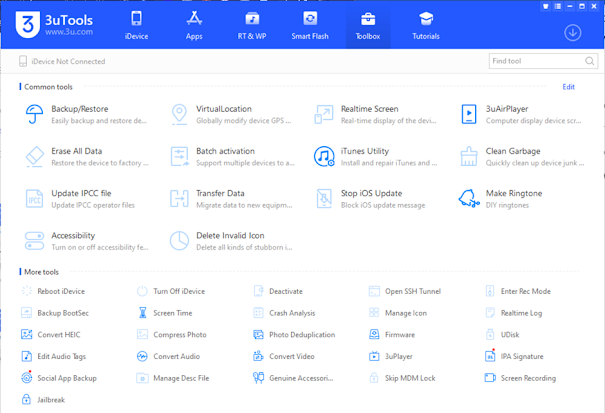Dark Side of Web Security: Command injection explained
Web apps are important to our modern digital world, yet they are often unsafe for malicious exploitation. The most dangerous hazards are command injections, a type of attack that allows opponents to execute arbitrary command on the server's operating system. This article commands the mechanism of command injection, real -world examples, and how to protect its applications from such attacks.
What is command injection?
The command injection occurs when an attacker exploits a web application to execute the unauthorized command on the operating system of the hosting server. This type of attack usually targets applications that user input properly valid or hygiene before passing them in a system-level command. As a result, the attackers get capacity:
- Use sensitive data.
- Herfer or delete in files.
- Execute arbitrary orders.
- Control with the entire server and connected system.
Unlike the code injection, where the attacker injects the code executed by the application, the command focuses on executing the system-level command outside the scope of the intended functionality of the injection application.
How does command injection works
The command injection web application exploits weaknesses in handling input data. Below is a simplified workflow:
- The input is passed in the system command: Applications often execute the system-level command based on the user input, such as inviting the shell command.
- Inadequate input verification: If the application user does not validate or clean the input, the attackers can inject malicious command in the input field.
- Command execution: injected commands are executed on the server, often with the same privileges similar to the application.
Real-World Command Injection Exploitation
Case Study: Shellshock Vulnerability (CVE-2014-6271)
The infamous Shellshock vulnerability involved command injection through environment variables. Attackers exploited this flaw to execute arbitrary commands on vulnerable Bash versions. This resulted in widespread compromises, including the takeover of web servers and IoT devices.
How to Prevent Command Injection
Preventing command injection attacks requires a combination of secure coding practices, validation, and system-level defenses. Below are some key strategies:
1. Input Validation and Sanitization
Validate all user inputs against a whitelist of acceptable patterns.
Reject inputs containing special characters (e.g., ;, |, &) unless explicitly required.
Use input sanitization libraries to remove malicious characters.
2. Avoid Direct System Calls
Use high-level language functions instead of directly invoking shell commands. For example, use built-in APIs for tasks like file manipulation or network operations.
Avoid concatenating user input into system commands.
3. Use Parameterized Commands
In languages like Python, use libraries such as subprocess with parameterized commands:
import subprocess
subprocess.run(["ping", "-c", "4", domain])
4. Principle of Least Privilege
Configure servers to run applications with the minimal privileges required.
Use chroot environments or containers to isolate application processes.
5. Regular Security Audits
Conduct regular code reviews and penetration tests to identify vulnerabilities.
Monitor for updates and patches for the frameworks, libraries, and tools used.
6. Web app firewall (Wafs)
Deploy a waf to detect and block malicious input patterns.
For additional safety, use the runtime application self-protection (RASP) tool.
Command injection
Detection of command injection efforts can help reduce risk. Techniques include:
- Monitoring Log: Look for unusual command patterns in the server log.
- Infiltration detection system (IDS): Use IDS tools to detect and alert suspicious activity.
- Behavior analysis: Apply devices that analyze the application behavior for discrepancies.
Conclusion
Command injection is a serious web security threat that can compromise the entire system when uncontrolled. However, with proper input verification, safe coding practices and active monitoring, it is possible to reduce this risk effectively. As developers and security professionals, being cautious and adopting defense-intensive approaches is important for the protection of web applications from such attacks.
Understanding how the command injection works and applies these protective measures, we can strengthen the safety currency of our web applications and protect sensitive data from falling into the wrong hands.






Comments
Post a Comment